HyperTunnel’s new automated construction method is designed to build tunnels more than 10 times faster and at half the cost of conventional techniques
Using swarm construction methods according to a digital twin of the tunnel, a fleet of ‘hyperBot’ robots entered the ground via an arch of plastic pipes.
Once inside, the robots 3D-print the tunnel shell by deploying construction material directly into the ground.
The six metre-long, two metre-high and two metre-wide Peak XV ‘pedestrian-scale’ tunnel has been delivered as part of a project for Network Rail
David Castlo, Network Technical Head (Mining and Tunnels) at Network Rail, said: “Our large portfolio of Victorian tunnels requires increasing levels of work to meet the needs of the railway network.
“However, we want to reduce the level of disruption to our passengers so we are constantly searching for new approaches to enlarging or repairing tunnels that reduce the length of time a tunnel will be closed to trains. Peak XV moves us a step closer to that goal and, crucially, with a method that reduces workforce safety risk.”
Steve Jordan, co-CEO and co-Founder of hyperTunnel, said: “To unveil our first large scale demonstration tunnel is a big step, not only for hyperTunnel, but for the tunnelling and construction industries which are eagerly anticipating the readiness of our approach to use, as appropriate, in their global projects.
“While using robots exclusively to build underground structures is dramatically different, the contributing technologies, such as digital twins, robotics, 3D printing and digital underground surveying, supported by AI and VR, are all well-proven in other industries. In fact, the hyperTunnel in-situ method is all about de-risking construction projects.”










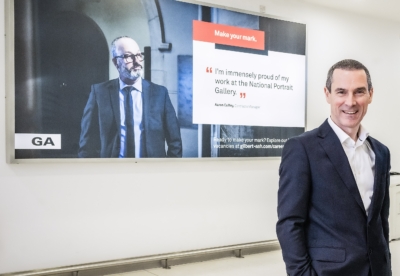
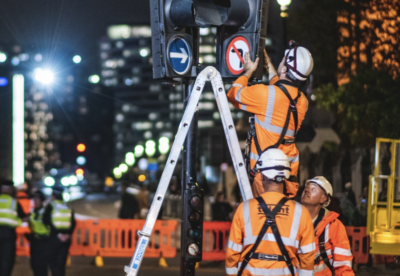

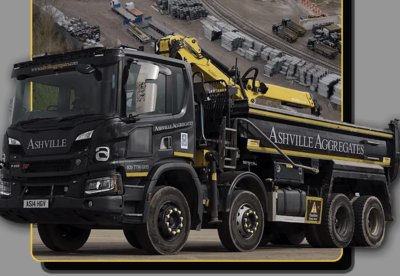

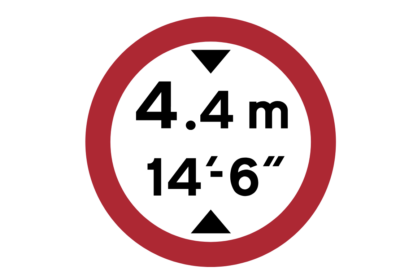

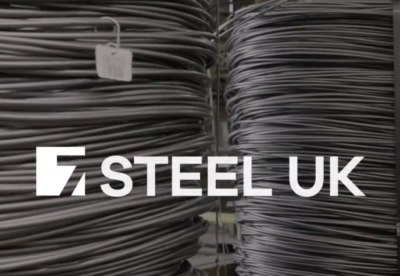




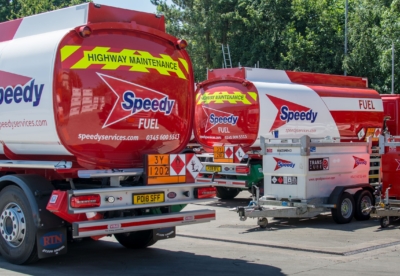








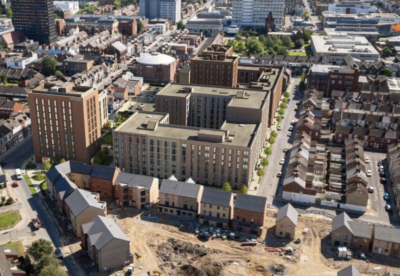

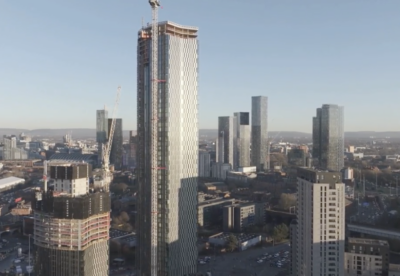

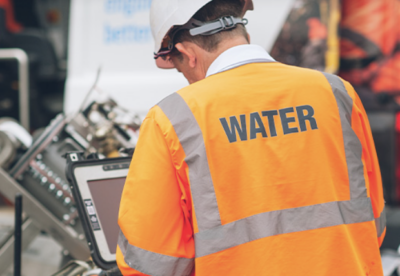



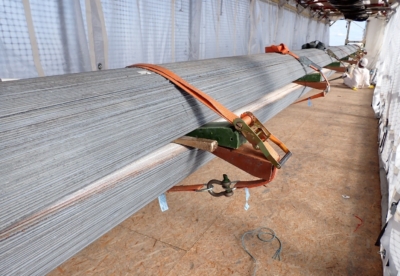





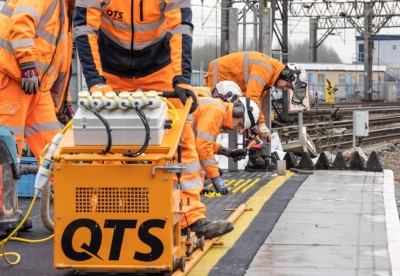

 (300 x 250 px).jpg)





